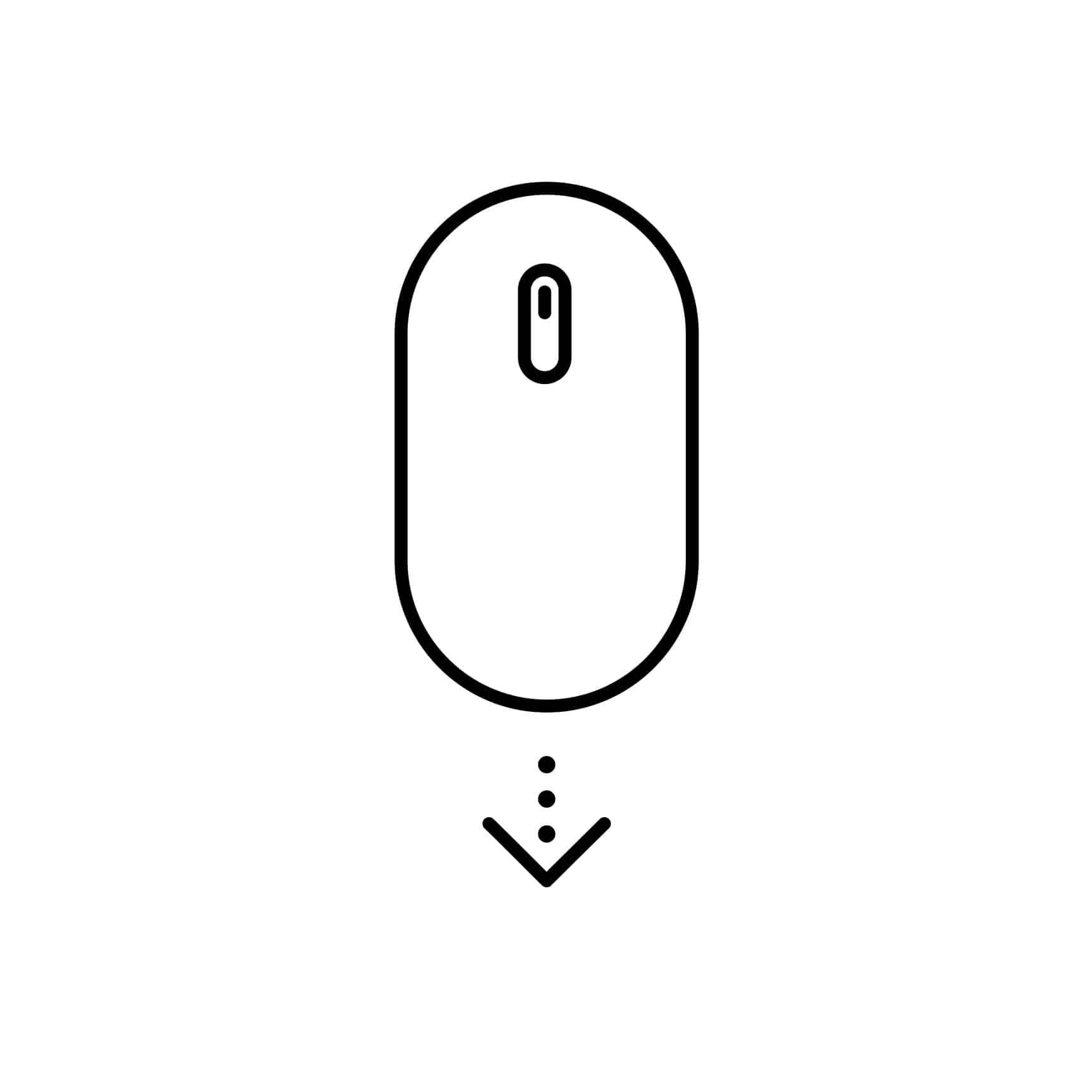The term “user experience” (also known as UX) has been used more frequently in the past 5 years, but is UX a new concept, or are we just now realizing the importance of it? Typically when people hear UX they think site maps and wireframes without actually understanding what UX really is. UX can apply to a variety of concepts including event planning, branding, interior design, product development, websites and more. User experience is just that, an experience for the user. So why not take steps to ensure you’re providing your customer with the best possible experience? After all, isn’t that was sets you apart from your competition?
Here are some things to consider when making UX decisions…
You are not your user.
Sometimes it’s hard to hear, but you aren’t your user – and that’s okay! Coming from the perspective of a user can be fun. It’s refreshing to look at solutions from another point of view and a lot of times it can help you make better business decisions that aren’t related to an application or website. Yes, you are the expert in your field and you do know a lot about your industry, but that doesn’t mean your user needs to know everything! When you start to see things through your users eyes you can present the necessary information and guide them to make the best decisions.
Ask Why.
Why is the user on my website? Why are we showing these photos? Why would they click this button? Why are they using my application? The answer is not difficult to find – this person is interested in what you have to offer. If you want to convert their interest into sales or actions, the best way to do it is to provide the user with a smooth and simple experience, by asking why.
Function over form.
We have all shopped online before and had a bad experience. Maybe a checkout link doesn’t work. Maybe you can’t find what you’re looking for. Either way, it’s frustrating and it may be the sole reason you choose not to shop on that site again. Will you remember exactly what went wrong? Probably not. All you will remember is that last time the site didn’t work. Enter function over form. It’s critical to prioritize the functionality of a website or application over the way it looks because let’s face it: that’s what your user cares most about. Spend time planning and testing up front so you have more time towards the end to make things look good. It’s always easier to go back and make something look better than it is to go back and make it work.
Don’t present too many options.
Remember rushing to pick out a candy bar while your mom finished checking out at the store? That nervous feeling of making the wrong choice in a sudden moment? Too many choices in a short span of time can be overwhelming when trying to make crucial decisions (thankfully I could always depend on a Reese’s). That’s when it’s smart to practice progressive disclosure. Progressive disclosure is the technique of limiting the amount options a user has to complete a task, in order to reduce clutter and confusion. Simplifying the path your user needs to navigate on your website or application will optimize their experience, in turn increasing the likelihood of a return visit or reference. Keep it simple!

